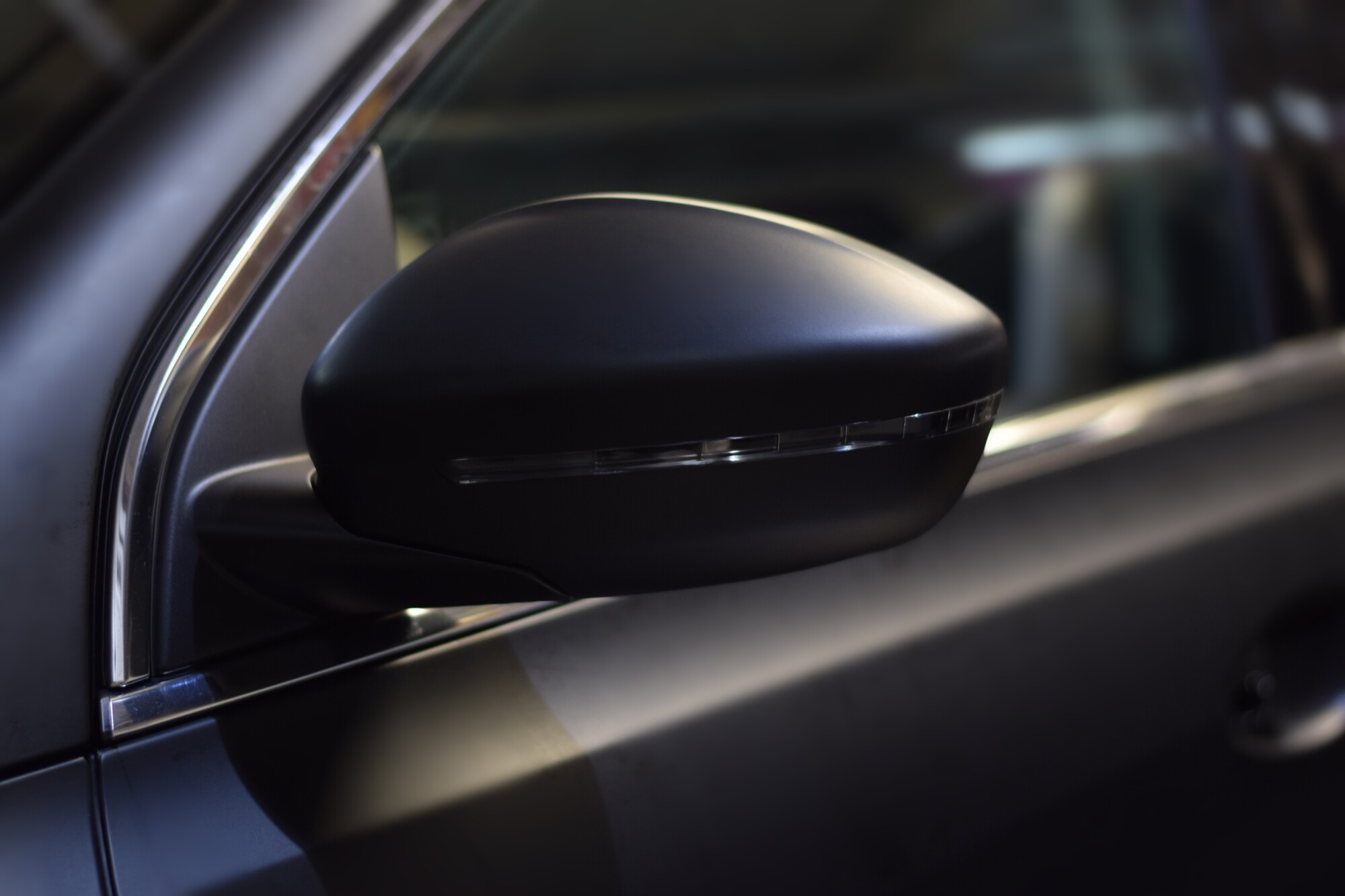When tinting your windows, percentages matter. If you think it’s only about aesthetics, you will be unpleasantly surprised.
In essence, there are certain legal restrictions set for the window tint percentage in each state. This means that having the wrong tint can get you in trouble with the law, not to mention become a victim of a hefty fine.
In this article, we will cover everything you need to know to determine which tint percentage is best for your vehicle. So that you can avoid trouble, but still enjoy your privacy and comfort.
Whenever you’re ready to ensure your tint is done right, keep reading.
Window Tint Percentage Types
In the vehicle realm, there is no one-size-fits-all film that is used on all cars. Instead, window tint varies by percentage, ranging from 0% to 90%, usually in increments.
Here’s what you need to know. Having no tint on your vehicle means one of two things:
- You’re using factory windows
- You’re using a clear film
In both cases, you have full visibility, but still, retain some glare when driving and let through a substantial amount of UV rays that can heat and damage your car interior.
Applying a 5% tint means you aren’t able to see through it. This type of window tint is illegal for most vehicles, but some exceptions do exist. For instance, a limousine can often have this tint.
With a 20% tint, you can look inside the car from the outside while up close, but it’s still hard. With a 35% tint, you can peer into the car with ease, even though the darker appearance is established. It provides a smooth look with great benefits.
With a 50% tint, you won’t be darkening your windows too much, but you will be blocking quite a lot o flight from reaching inside. This is great for hindering heat and UV rays, as well as an increasing vision on the road.
There are other increments as well, but these are the most prominent. In general, car window tints have many advantages. For instance, they protect your skin, reduce glare, provide privacy, and defend the interior.
Special films also reject heat and keep the car cool during the hotter months, and in reverse, they store heat in the winter. With a tint, you also protect your glass from shattering easily. Films are not expensive, but they are incredibly useful.
What Is Visible Light Transmission?
VLT or visible light transmission is the critical metric that determines tint darkness. When people refer to 20% or 5% tint, they are referring to the VLT level. So what does the VLT actually mean?
Well, the VLT describes the amount of light a window tint percentage allows. While you might think a greater VLT indicates darker tints, it’s actually the opposite. Whatever the VLT is, that’s the percentage of light that is enabled through the film.
For instance, a 5% tint only allows 5% of light to pass through. Even though VLT is important, it’s not the only thing that must be considered for the best tint. However, it’s a great start and an important metric.
Lower VLT will provide you with better protection from UV rays, which helps your car keep cool and your interior in good shape. Blocking out UV rays is also critical to the skin and eye health.
VLT is also the primary factor that determines if your tint is legal in your state. Each state has its own tint laws, with some cities and counties also regulating the darkness.
Before you buy a tint, ensure that you understand the local law in your country, city, or state. Check out Formula One tint for some inspiration on what is possible.
Tint Laws & Regulations
Each state in the USA has laws that enable window tinting. These laws define what tint type is legally allowed, but it’s not as simple as you think. You can’t just buy a window tint kit with the appropriate VLT.
For instance, most states enable different tint levels for each window set. While you could use a 35% tint on your rear windows, you might only be able to use 40% on your side windows.
On the other hand, some windows have no restrictions on VLT at all. Sometimes it’s best to buy a collection of different tints so that you can mix and match to fit your local laws.
Reflectivity is also an important factor when it comes to legal tinting. There are many types of tint, some of which have a reflective property. In some states, it’s not allowed to use these kinds of tints.
While this does not apply to all states, there are some other restrictions applicable in other states. For instance, there might be restrictions on allowing you to tint your back windows or you might not have the right to use a certain color tint entirely.
Ensure that you understand your local laws, as well as the legal window VLT and reflectivity levels before you make any purchases.
Tint Galore
Now that you know about the truth of window tint percentage and VLT levels, you are well on your way to determining which type of film you can install.
As long as you put in substantial research and remain patient in the face of inconvenience, there is no reason that you cannot get your windows tinted.
If you’re interested in learning more about the automotive world, check out some of our tailored articles on the sidebar.

